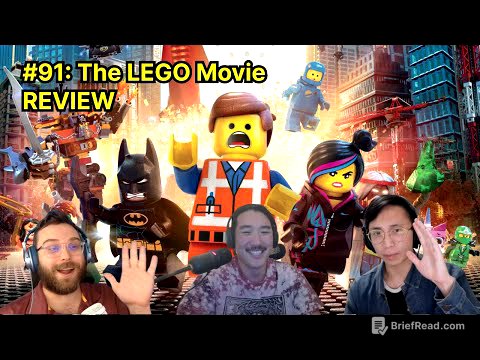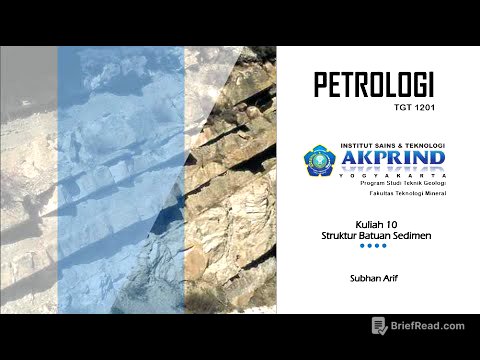TLDR;
This video demonstrates a simplified model of Grand Canyon formation, highlighting the key processes of layering, erosion, and the impact of water over time. The experiment uses sand, water, and layering to mimic the geological processes that occur naturally over thousands of years.
- Layering of different types of sand simulates the geological strata found in real canyons.
- The introduction of water demonstrates how erosion gradually carves away at the rock, forming the canyon.
- The final reveal shows internal layering similar to that of natural canyons, illustrating the accuracy of the model.
Simulating Canyon Formation [0:00]
The video starts by posing the question of how Grand Canyons are formed. It then proceeds to show a demonstration where someone pours water into a sand pit. The sand is heated, causing the water to dry up and the sand to soften. Dry sand is then poured on top, covering the pit.
Layering and Drying Process [0:12]
This process of wetting, drying, and layering is repeated three times in the experiment. This simulates the thousands of times this process occurs in real canyons. The fourth time, the loose sand on top is removed to reveal a structure resembling a natural rock formation.
Erosion and the Final Result [0:27]
Water is then allowed to flow over the rock structure, demonstrating how natural floods and the force of water carve away at the rock over many years, ultimately creating the Grand Canyon. When the structure is cracked open, the internal layering is revealed, closely resembling the layering seen in real canyons. This shows how the experiment successfully models the geological processes involved in canyon formation.









